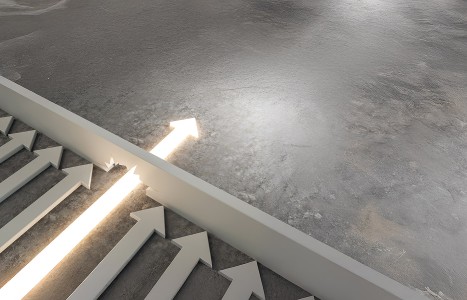You became a chiropractor to serve people, not an insurance company. You deserve to run a business that aligns with your values, supports your family and lights you up. Cash-based care isn’t just a pricing model – it’s a philosophy rooted in freedom, trust and respect for your patients and for yourself. Here's why - and how - to do it.
CT Is Not Completely Out of Date
CT is still an easy and useful diagnostic procedure that is very cost effective if used judiciously. The following is an example of a patient with a spondylolysis who was developing some degenerative changes, which in this patient were a source of clinical symptoms.
CT scans of a spondylolysis can be very helpful when plain film findings are inconclusive or when there are significant clinical symptoms with a minimal spondylolysis and/or spondylolisthesis. Additional CT findings not generally apparent on plain film x-rays are callus or granulation of tissue adjacent to the par defect, which can cause compression of the thecal sac or nerve roots. Laminal fragmentation can be present, which can cause narrowing of the canal due to granulation tissue and frank osseous encroachment.
The role of CT in evaluating patients with isthmic spondylolisthesis includes the diagnosis of associated central and lateral stenosis and the diagnosis of associated disc disease. Approximately one third of symptomatic patients with isthmic spondylolisthesis have spinal stenosis, most often neural foraminal or lateral recess stenosis.
At the L5-S1 level, anterior and caudal displacement of the L5 pedicle may occur, with subsequent compression of the L5 nerve root in the neural canal. Callus and granulation tissue at the site of spondylolysis may encroach on the nerve root at the lateral recess. Central stenosis may occur secondary to thickening of the ligamentum flavum and the laminae at the level of the slippage and the level above the slippage. This may cause compression of the cauda equina.
Most of the findings are not even apparent on plain films. Therefore, if one of your patients has or is suspected to have a spondylolysis and is not responding to treatment within a reasonable time period, a CT scan of the region may prove to be extremely helpful in determining the source of the patient's clinical symptoms.


